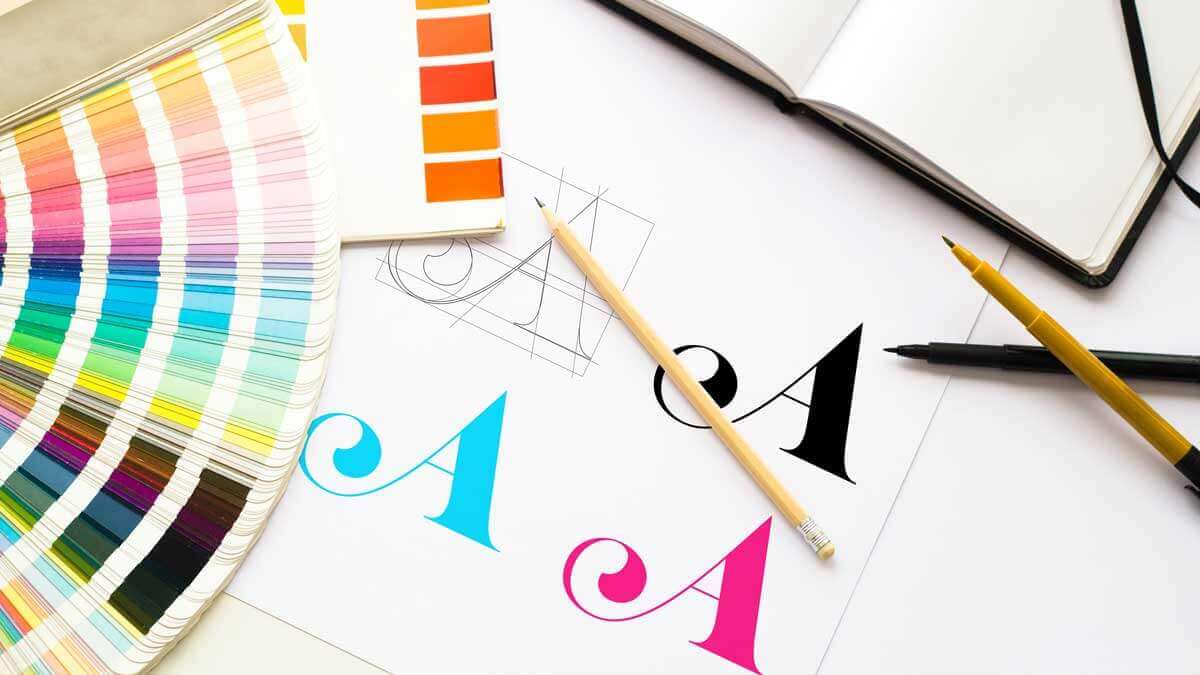Like most things of a certain type, logos share certain characteristics – or at least the good ones do. It might be true that all bad logos are bad in different ways; but the best logos each share a set of five characteristics that make them work.
Understanding these basic design fundamentals when embarking on a branding process can really help things go well from the start: after all, knowing what you’re aiming for makes it easier to hit the target.
There are broadly five key characteristics of a good logo, and the best will incorporate elements of all of them. So let’s take a quick tour around the fundamentals of logo design, starting with the big one.
It’s worth saying before we start that our logo design team are experts in all these techniques and more – so give us a call to talk over any questions you might have about this blog or anything else!
Simplicity
Logos should be instantly recognisable, and that requires simplicity. Businesses often try to include too much in their logo: a motto, their name, an icon, an acronym. But a logo that is too busy will confuse rather than clarify.
There’s a reason high-street stores place their logos on signs that jut out at a ninety-degree angle from their shop-fronts: it’s because they hope – or know! – that their logos will catch the eye and immediately cue the shopper into what they might be inside, before they even reach the door. That’s the power of logos, and online they work similarly: in the heat of the app store, the nicest logo always wins.
A good logo catches the attention immediately, and that takes a lot of discipline in the design: bold lines, attractive colours, and absolutely no fuss. Achieving this focus requires a really clear understanding of the message and audience a logo is being designed to covey and attract.
Relevance
Simplicity is nothing if it doesn’t appeal to the target audience. That understanding of a brand’s aim is critical to crafting a logo that attracts the people a business needs to engage. A logo’s visibility in the market is directly related to whether it achieves this key aim.
Different audiences respond differently to different stimuli: colours, typefaces and form will all be entirely dependent on the target audience’s tastes. Not only that, but different demographics can respond very differently to the same stimuli – so do your homework, and know your customer.
Timelessness
Relevance is only valuable if it lasts long enough. While logos need to appeal to audiences, then, they should try to avoid trends. Understanding current fashions makes sense, but so does rising above them to arrive at a logo that can stand the test of time.
This doesn’t mean playing it safe or designing conservatively – but it does mean having an eye to how tastes may change over time. One of the easiest ways to do this is to return to the idea of simplicity: pare back your logo to its essentials, and you’ll often wind up with something that can sustain itself over many years. Trends, after all, are often about the details.
The other aspect of a logo that can achieve longevity, of course, is uniqueness: the more specific to your brand a logo is, the more likely it is to last, regardless of what your competitors throw at it. That, of course, brings us back to relevance – see how these aspects are all self-supporting?
Versatility
That said, timelessness isn’t the same as fixedness: your logo shouldn’t get stuck in its ways, but should instead be very flexible. Can it act as a letterhead, as livery, on a sign? Can it be the logo for your app, and also appear in a print advertisement? Your logo should be the embodiment of your brand– and that means it needs to go with you everywhere you communicate.
How small can your logo go and still be legible? How many different mediums can it be applied to? Think about how your logo will be used, and make sure it works just as well in every application.
Make It Memorable
The final characteristic is in many ways the most important: the best logos are instantly recognisable because they lodge immediately in the memory. McDonald’s golden gates, or Coca Cola’s script typeface, immediately evoke the brand and its products. Your logo should aim for a similar recognition factor.
The good news is that, if you logo is simple and relevant and timeless and versatile … well, it’s much more likely to be memorable, too. Add a healthy dose of design flair, and you’ll have covered all the bases – merely by understanding the five characteristics of a logo.








